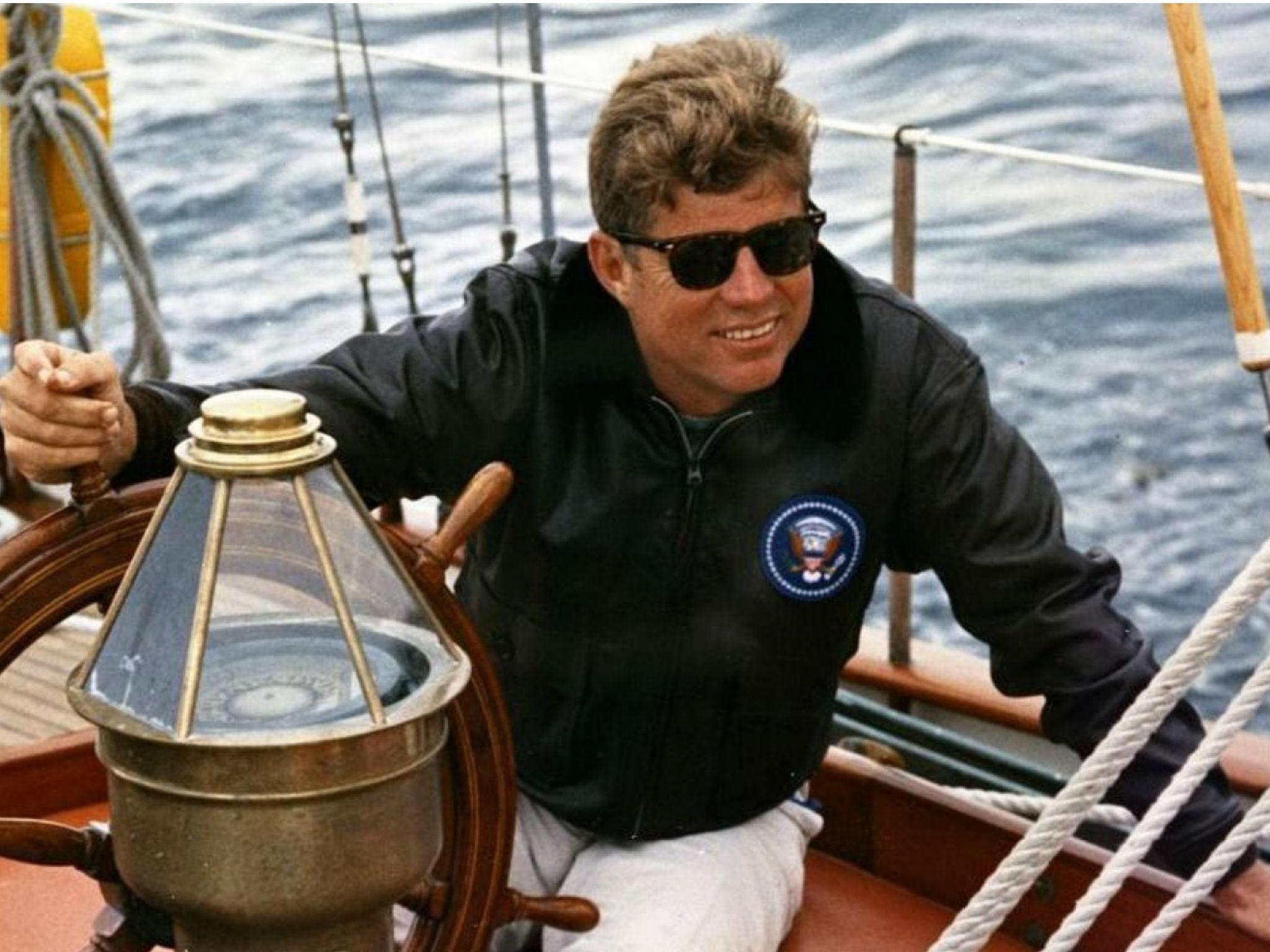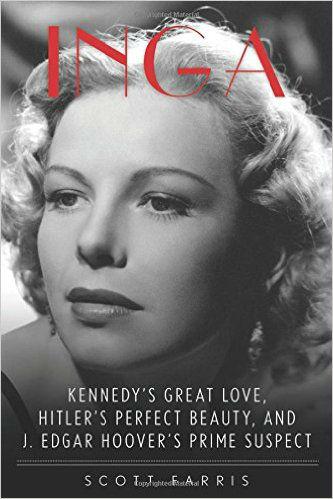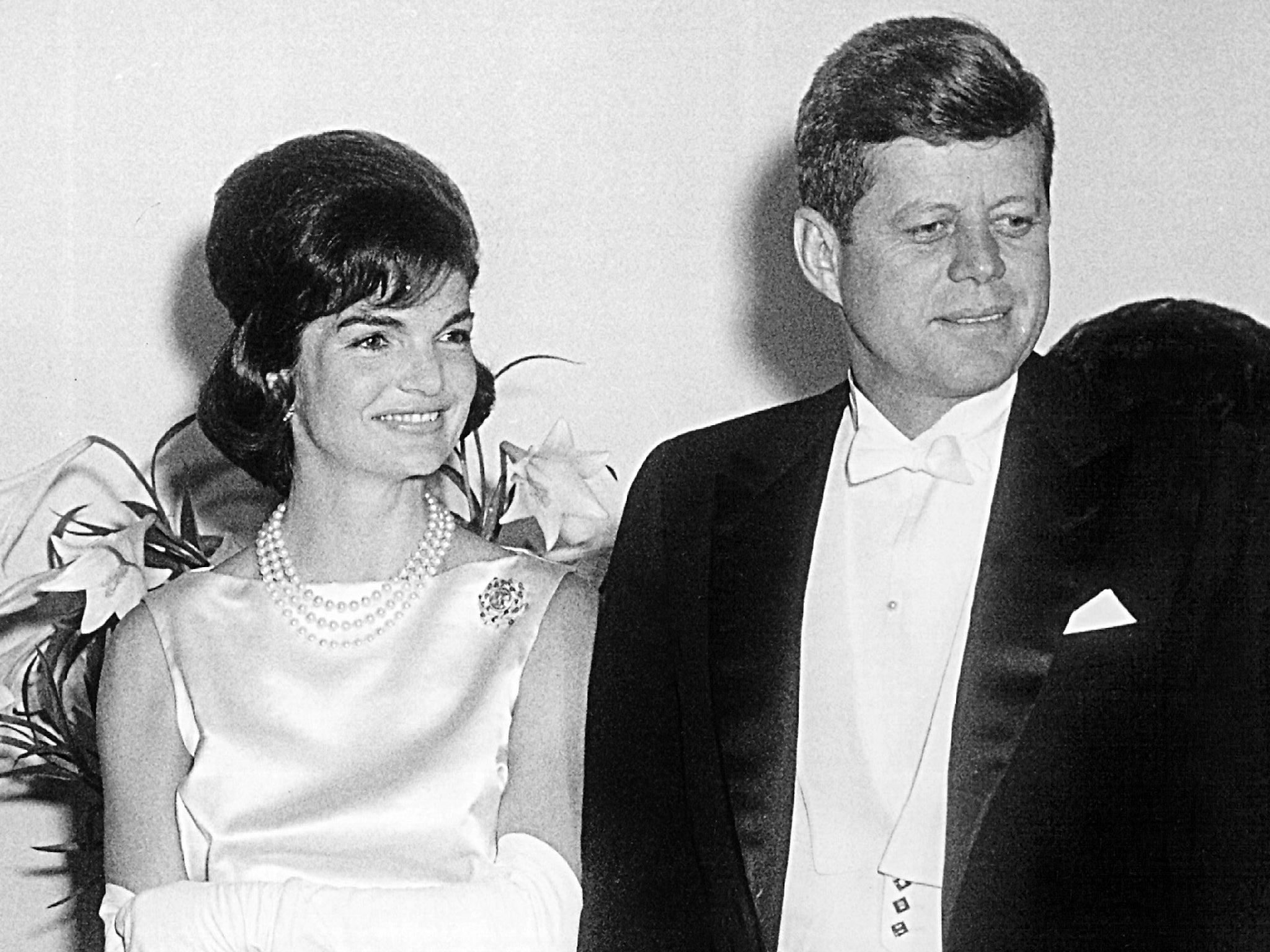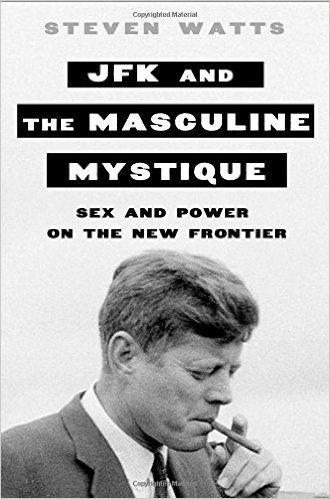The real President JFK: Even a political titan faces self-doubt
The new film 'Jackie' shows the former First Lady as Camelot’s mythmaker, but two recent books reveal John F Kennedy as the image maker and a man who had shaky self-confidence

Your support helps us to tell the story
From reproductive rights to climate change to Big Tech, The Independent is on the ground when the story is developing. Whether it's investigating the financials of Elon Musk's pro-Trump PAC or producing our latest documentary, 'The A Word', which shines a light on the American women fighting for reproductive rights, we know how important it is to parse out the facts from the messaging.
At such a critical moment in US history, we need reporters on the ground. Your donation allows us to keep sending journalists to speak to both sides of the story.
The Independent is trusted by Americans across the entire political spectrum. And unlike many other quality news outlets, we choose not to lock Americans out of our reporting and analysis with paywalls. We believe quality journalism should be available to everyone, paid for by those who can afford it.
Your support makes all the difference.Two decades before John F Kennedy became President, he met a suspected Nazi spy at a hotel in Charleston, South Carolina. Her name was Inga Arvad, and they “engaged in sexual intercourse on numerous occasions”, according to the FBI agents who had bugged the room.
Arvad’s ties to Adolf Hitler would not come to haunt Kennedy. Neither would the possibility of a covertly recorded sex tape. He would later worry about something else the wires caught, something worse for his reputation: a man expressing vulnerability.
While Jackie, Hollywood’s latest leap into Kennedy lore, portrays the former First Lady as Camelot’s ultimate mythmaker, two recent books place focus on JFK’s own concern with his image.

In Inga, the story of Kennedy’s former girlfriend, biographer Scott Farris weaves together old FBI field notes to reconstruct the politician’s softer side. “Given that he was a bit of an exhibitionist and considered his machismo a political asset, having people listen to him engaging in vigorous sex might not have embarrassed him much at all,” Farris wrote. “But he had expressed fears and insecurities to Inga that he would have wanted no one else to hear.”
In 1942, the year of the Charleston trysts, Arvad was of great concern to the US intelligence community. She was a Danish journalist who had interviewed Hitler and so charmed the dictator that he publicly named her “the perfect Nordic beauty”. Then she moved to Washington and began working at a newspaper, which propelled her into the world of Kennedy, a 24-year-old Navy ensign. The pair dated for roughly a year. Though Kennedy was scrawny and chronically ill, Arvad saw him as a force of nature. He had the charm that “makes birds come out of their trees”, she recalled, according to Farris.
Arvad’s praise, Farris argued, helped Kennedy overcome his insecurities. He shared with her his secret shames: that his older brother Joe Jr was actually smarter, that he had failed the army physical, that his stomach could handle only bland foods. (Arvad, in response, routinely cooked Kennedy the same supper of steak, peas, carrots and mashed potatoes.)
“Inga understood that under a bon vivant exterior lay deep insecurities,” Farris noted, “and so she spent her time with Jack not just making love and laughing at his jokes, but listening to his ambitions in life and assuring him they were within his reach.”
Unfortunately for Kennedy, the FBI heard much of it. They kept a file on Arvad’s every move, sweeping the future leader of the free world into their investigation. Arvad was later cleared, but agents archived the intimate details of her private life, gifting writers such as Farris plenty of juicy material: Kennedy love letters, phone call transcripts and, by some accounts, a sex tape.

Kennedy’s father, Joseph P Kennedy, aware of the investigation, eventually persuaded his son to end the relationship. The break-up, though, did not destroy the paper trail. When JFK clinched the Democratic presidential nomination, FBI director J. Edgar Hoover ordered aides to compile a report on the junior senator from Massachusetts, dredging up the Arvad file. Hoover would later tell Kennedy not to worry – the information was safe with him. Perhaps that’s why, once elected, Kennedy extended Hoover’s power, despite opposition from his trusted advisers.
“By keeping Hoover ‘inside the tent pissing out, rather than outside the tent pissing in’, to borrow Lyndon Johnson’s phrase about the FBI director,” Farris wrote, “Jack believed he could keep these stories buried.”
If Inga reveals Kennedy’s youthful vulnerablities, historian Steven Watts’s JFK and the Masculine Mystique shows how the politician sought to project virility. In fact, he tried to suppress signs of weakness and emotion, political inconveniences that made him human.

During the 1960 election campaign, he seemed tough, glamorous, as daring as the James Bond character he loved. Part of that appeal came from a widely shared war story. Kennedy spoke of his naval career on the campaign trail, recalling the Japanese destroyer that rammed his ship during the Second World War and sliced it in half. The young lieutenant had suffered a back injury, but he managed to swim to a nearby island, towing another crew member to safety by his life vest strap.
With a deeply researched cultural analysis, Watts argues that Kennedy’s popularity largely depended on his, well, manliness. “The Democrat,” he wrote, “embodied the individualist spirit of the maverick male eager to throw off the heavy hand of tradition.”
It was a persuasive message for the time. After the war, the United States prospered – so much, in fact, that social critics worried that the American male was growing flabby. With no battle to fight, he sat in an office and embraced a cushy lifestyle. Women, meanwhile, surged into the workplace, taking up jobs once reserved for men. The cultural shift triggered some unease. Watts cites a 1958 Esquire essay that captured this mood. Women seemed “an expanding, aggressive force, seizing new domains like a conquering army”, the Harvard historian Arthur Schlesinger Jr wrote, while men took a defensive posture, “hardly able to hold their own and gratefully [accepting] assignments from their new rulers.” Schlesinger, later a JFK adviser, called it “a crisis of American masculinity”.

Amid the Cold War, as conflict with Russia loomed large in the American psyche, Kennedy exploited this worry. As he sought the White House, he told crowds that “as a nation we have gone soft – physically, mentally, spiritually soft”. He asked Americans to decide where they stood: “Among the weak or the tough-minded? Among the lovers of comfort or the lovers of liberty?”
This machismo bled into his governance – a leadership style that, in retrospect, erred on the side of boldness. During his first year in office, he planted the seed for the Vietnam War, sending the first wave of Green Beret advisers to train South Vietnamese soldiers, and authorised the disastrous Bay of Pigs invasion.
His quest for American space domination proved more successful. “The cult of the astronaut in the early 1960s became the climax of JFK’s quest for masculine regeneration,” writes Watts, gleefully employing double entendre. He noted that John Glenn, the first astronaut to orbit the Earth, was photographed with Kennedy upon his return, and both men gave a “confident, even phallic, thumbs-up”.
Though he served less than three years in the Oval Office, Kennedy remains a larger-than-life figure. But beneath the legend lies a real person. Digging into his inner world reveals that even a political titan faces self-doubt. Kennedy used masculinity as both a political tool and a mask.
‘Inga: Kennedy’s Great Love, Hitler’s Perfect Beauty, and J Edgar Hoover’s Prime Suspect’ by Scott Farris, published by Lyons Press; ‘JFK and the Masculine Mystique: Sex and Power on the New Frontier’ by Steven Watts, published by Thomas Dunne
© The Washington Post
Join our commenting forum
Join thought-provoking conversations, follow other Independent readers and see their replies
Comments